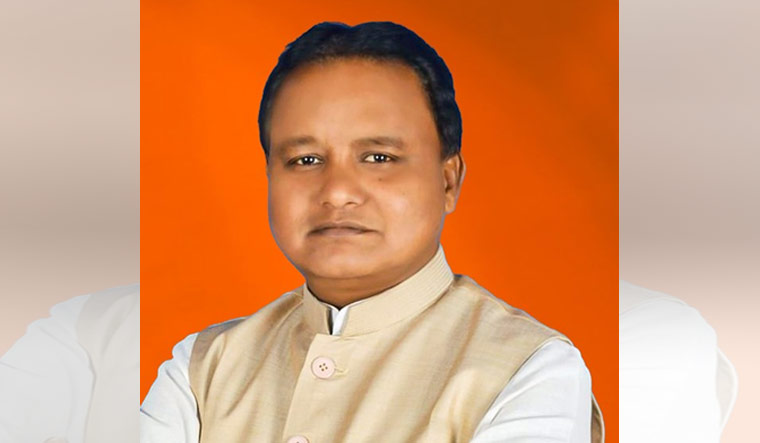
Odisha CM Majhi Sets Ambitious Target: State to Enter India’s Top 5 Industrial Hubs by 2029

 :
| Updated On: 27-May-2025 @ 1:22 pm
:
| Updated On: 27-May-2025 @ 1:22 pmSHARE
Nearly a year after becoming Odisha’s first BJP Chief Minister, Mohan Charan Majhi reflects on his journey and the challenges ahead. In an interview with The Times of India, Majhi shares his thoughts on high public expectations, governance reforms, and a bold vision for Odisha’s future.
Majhi admits he never expected to become Chief Minister, only aspiring to be a good minister with a strong commitment to public service and nationalism. His consistent advocacy for people’s issues, even as an opposition MLA, he believes, earned him the public’s trust. He stresses that effective governance isn’t about occupying a position but about being accessible and responsive — contrasting his approach with that of Naveen Patnaik, whom he criticizes for being distant and unapproachable, not even speaking Odia or meeting MLAs for years.
In his first year, Majhi claims to have fulfilled 11 of the 21 major promises made for five years. One major initiative is the Subhadra Yojana, launched in September 2024, which distributed ₹10,000 each to 25 lakh women, with a goal of reaching 1 crore women. Odisha, he asserts, is now No. 1 in the country for the number of women earning over ₹1 lakh annually. Another initiative, CM-Kisan, adds ₹4,000 to the central PM-Kisan amount, and includes input support of ₹800 per quintal of paddy — raising effective MSP to ₹3,100. Around 17 lakh farmers benefited, and ₹292 crore was disbursed as compensation for unseasonal rain.
On the state’s financial legacy, Majhi questions why the previous BJD government didn’t use available funds for public benefit. He credits Odisha’s rising revenues to PM Modi’s amendment to the MMDR Act, which transitioned mining to an auction-based system with premiums.
Despite being rich in minerals, Majhi stresses the need to diversify Odisha’s economy. He emphasizes industrialization with value addition, development of manufacturing hubs, and improved infrastructure — including highways, railway corridors, new airports, and 24/7 power and water supply. In agriculture, efforts are underway to diversify crops beyond paddy — promoting oilseeds, pulses, cotton, and expanding fisheries and animal husbandry. Textile units are planned in Kalahandi and Bolangir, and food processing from maize is being scaled up.
During the Make in Odisha Conclave, investment proposals worth ₹17 lakh crore were received, with ₹13 lakh crore MoUs signed, promising 13 lakh jobs. Majhi echoes PM Modi’s branding of Odisha as the “State of Opportunities.”
Addressing disputes with neighboring states — including Mahanadi water sharing, Polavaram, and the Jagannath Dham imitation in Digha — Majhi asserts strong positions. He promotes dialogue over litigation and states unequivocally that Puri is the only Jagannath Dham. On the potato crisis with West Bengal, he highlights Odisha’s cold storage revival efforts and declares a zero-tolerance stance toward supply blackmail.
Majhi also emphasizes tribal welfare, noting that 23% of Odisha’s population is tribal. Being a tribal himself, he outlines steps like the PM Janman Yojana, land rights, improved healthcare, and a ₹5,000 allowance to tribal students in Classes 9–10 to prevent school dropouts.
With strong support from central BJP leadership, including a major boost in railway allocations, the creation of the Odisha Road Authority, and frequent ministerial visits, Majhi envisions Odisha as one of India’s top five industrial states by 2029, with inclusive growth for women, youth, farmers, tribals, and entrepreneurs.
Contact Us
House. No. : 163, Second Floor Haridev Rd, near Puberun Path, Hatigaon,Guwahati, Assam 781038.
E-mail : assaminkcontact@gmail.com
Contact : +91 8811887662
Enquiry
×
Reporter Login
×